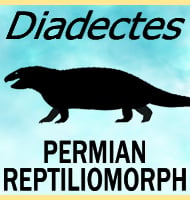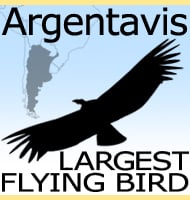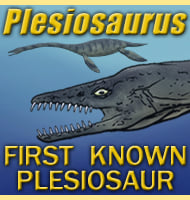In Depth
With bone features similar to the genus Mycterosaurus, yet different enough to be distinct, Dendromaia is a genus of varanopid pelycosaur that lived in North America during the Carboniferous. Dendromaia was described from the description of two individuals on a fossil bearing rock slab, one large, the other much smaller with slightly differing features. These two individuals might represent adult and juvenile forms, though the smaller one is similar to other genera such as Archaeovenator.
Because the tail of the larger specimen lays across the smaller one, the describers of the genus came up with the name Dendromaia, meaning ‘tree mother’. This is to reflect the possibility that the individuals on this specimen might be showing a degree of parental care. If that is the correct interpretation, then it would be one of the earliest examples of parental care in animals to appear in the fossil record.
Further Reading
- Varanopid from the Carboniferous of Nova Scotia reveals evidence of parental care in amniotes. - Nature Ecology and Evolution 4:50-56. - Hillary C. Maddin, Arjan Mann & Brian Hebert - 2019.









